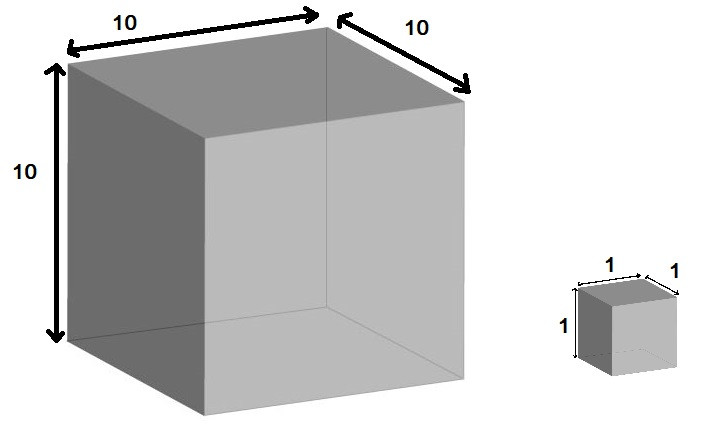Properties of Matter including Nanoparticles
This section looks at the properties of matter and includes the properties of nanoparticles.
Sizes of particles
Nanoscience is the study of any structure that is 1-100 nanometres in size, i.e. a few hundred atoms.
Coarse particle/ dust (PM10) – The diameter is between 1 x 10-5 and 2.5 x 10-6 m
Fine particles (PM2.5) – The diameter is between 1 x 10-7 and 2.5 x 10-6 m (100 and 250nm)
Nanoparticles – The diameter is less than 1 x 10-7m (100nm)
As the size of a cube decreases by a factor of 10, the surface area to volume ratio increases by a factor of 10. Surface area/ volume.

Properties of nanoparticles
Nanoparticles may have properties that are different from larger amounts of the same material because of their higher surface area to volume ratio. This may mean that smaller quantities are needed to be effective when compared with materials which have normal-sized particles.
Uses of Nanoparticles
- In deodorant and fabrics to prevent growth of bacteria
- Controlled drug delivery
- Cosmetics and sun creams
- Electronics
- Synthetic skin
- Development of new catalysts for fuel cell materials
Glossary of terms
Nanoscience – The study of structures that are 1-100 nm in size (i.e. a few hundred atoms).
Nanometre – 1 x10-9 (0.000 000 001)m.
Nanoparticles – Particles that are less than 100nm in size.
The video below explains the properties and uses of nanoparticles.
You can find out more about the states of matter here.
